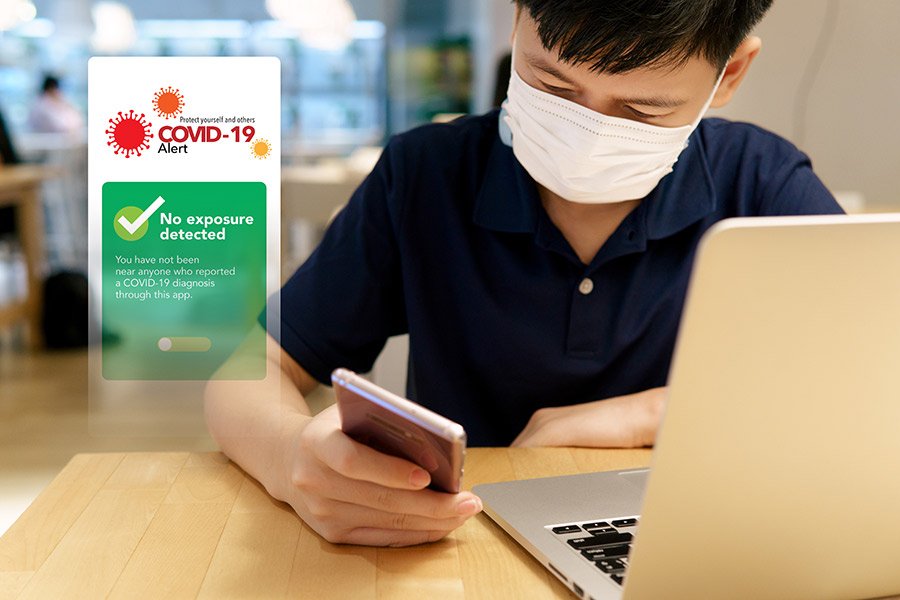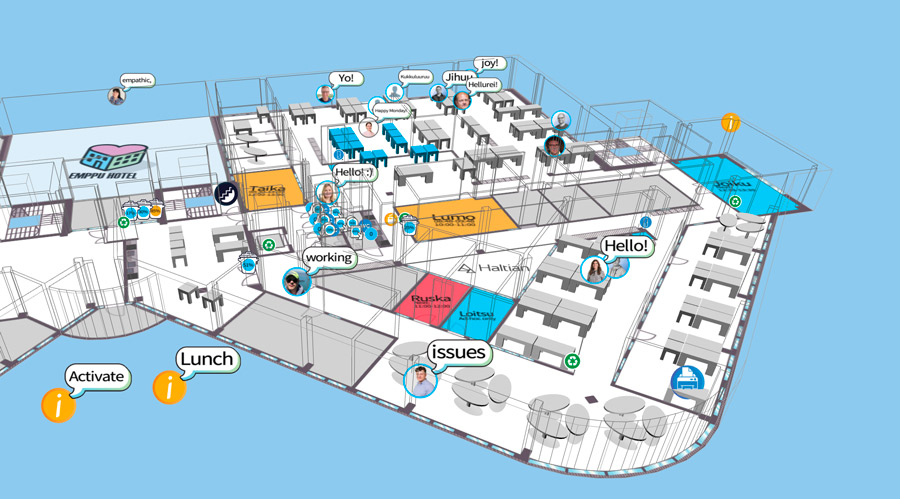What Workplace Technologies Can Help You Go Back to the Office?
Although there are many challenges ahead of us to successfully bring people back to work post-pandemic, workplace technologies are among the best tools we have to make the transition as smooth as possible. According to a survey conducted by LinkedIn in July, 36% of people still working from home are still waiting for news about when they will return to the office. That means that many employers are still navigating the uncharted waters of bringing people back to the office. HR managers face numerous challenges, including balancing the health and privacy concerns of workers with the company’s needs.
Companies are finding that although many employees are ready to come back to work, they also have concerns. As a result, employers will need to find ways to demonstrate that they are creating a safe and healthy workplace and addressing any lingering concerns. With news changing every day, and concerns over how long COVID-19 will be with us, we need concrete tools to help make a return as smooth as possible. Fortunately, some of the latest technology is being put to use in creating the possibility of a safe and efficient office workplace. This approach is especially critical even during this uncertain time.
Workplace Technologies – Getting Us Back to Work
Technology certainly played a crucial role in helping employees work remotely during the pandemic. Creative companies and technology providers created remote work solutions in record time. As a result, people were able to do their work, communicate, and stay connected by using various tools such as video conferencing, cloud-based collaboration software, and secure remote desktop solutions. Now it is time to see how technology can help our workers feel safe and work effectively back in the office.
Testing and Symptom Tracking
One way companies can keep employees healthy and help them feel safe getting back to work is through robust testing and symptom tracking. Workplace technology software can be used to schedule testing, manage results, and track compliance with testing schedules. Employees can log on to plan their own tests and view results. Some companies offer an app that asks employees to fill out a symptom survey before heading to the office. If they pass the survey, they are granted access to return to work.
Workplace Technologies – Social Distancing and Contact Tracing
One of the decisions employers will need to make depending on changing conditions in their local area is related to the need for social distancing. For employees’ safety and peace of mind going back to work, management may opt to leave social distancing protocols in mind. Fortunately, workplace technology has been in development since the beginning of the pandemic that uses wearable devices to help monitor compliance with social distancing guidelines. Smartphone apps can also keep track of employee interactions to assist in contact tracing efforts. If someone does test positive for COVID-19, the app can then quickly inform all those who have been in close contact.

Desk and Conference Room Booking
Offices will look quite different as employees return. Many organizations are bringing back their people in waves or allowing some to work from home for part of the workweek. This staggered approach has allowed for some reworking of office spaces to give everyone more room for social distancing. Technology can help workers make the best of the new layouts. These reconfigured offices, by design, have fewer desks. This means that instead of having a dedicated space, some will need to find an available desk or work area. Software can help employees find and reserve their work area. With the right technology, they will also be able to check on the last time the desk was used and whether or not it has been thoroughly cleaned and sanitized.
Workplace Technologies for Air Quality Monitoring
Experts have determined that improved ventilation is one of the best ways to reduce COVID transmission in enclosed spaces. This is another area where workplace technology can help keep workers safe going back to work. Sensors can monitor air quality and circulation and inform employees of the spaces within the office that have the freshest air. With the desk and conference room booking technology mentioned above, workers can choose the safest areas to work.
New era of offices – what does it look like?
Access Control
Organizations have been using access control to keep employees safe, and workspaces secure for many years. Now, advances in technology have arrived at the perfect time to leverage this technology to help people return to work. ID badge readers, sign-in kiosks, and other tools can help to limit access to high-traffic areas. It can also help managers better understand building use and traffic flow to facilitate social distancing best practices.
Digital Twins
A digital twin uses available data to create a digital replica of a physical space. In the case of offices, a twin is made from drawings or blueprints and brought to life using data from IoT devices, building automation systems, sensors, wearables, and mobile devices.

This technology can take all of the approaches above and place them into one integrated model that will allow management to visualize and then optimize the use of the office space. They will be able to monitor traffic flow, evaluate space usage, review social distancing compliance, and make necessary adjustments. A digital twin creates the best opportunity for a comprehensive approach to creating the safest possible workplace.
Getting Back to Work with Workplace Technologies
We have a long way to go before things return to normal. Still, there are excellent workplace technologies available that can help keep everyone safe and healthy. These technologies also will help employees feel better about going back to work, knowing management is doing all they can to provide a safe working environment.


